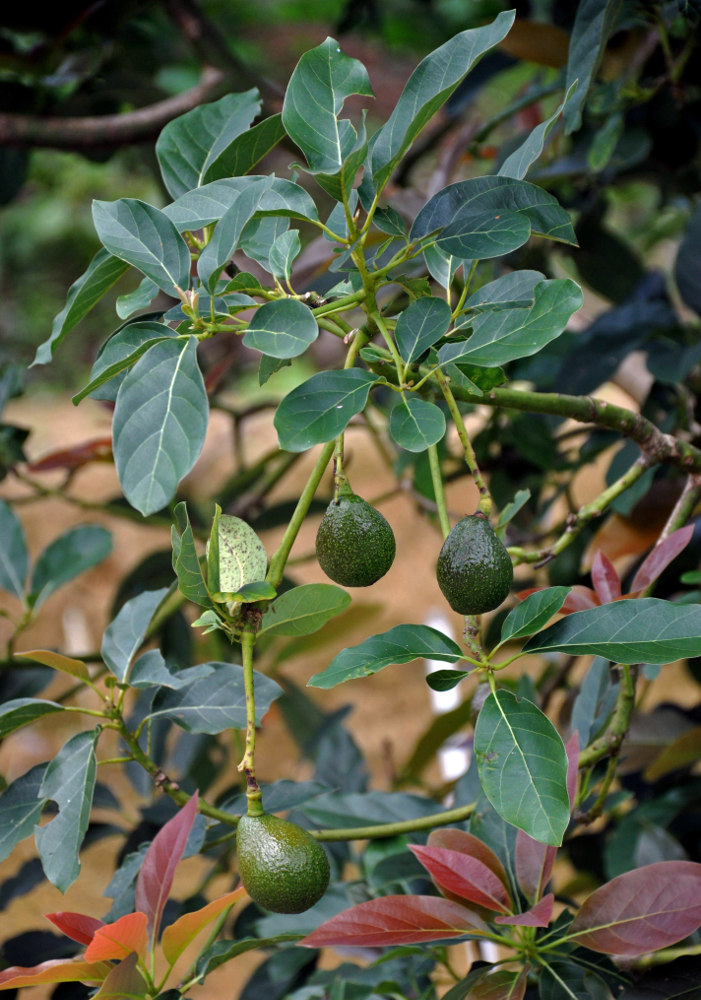
Persea americana Изображение особи Плантариум
Persea sp. Tweet Description: May not be the most graceful spotting but is shown because these are little berries called aguacatillos (spanish for "small avocados"). These are berries from trees of the genus Persea, which are relatives of the avocado (P. americana).
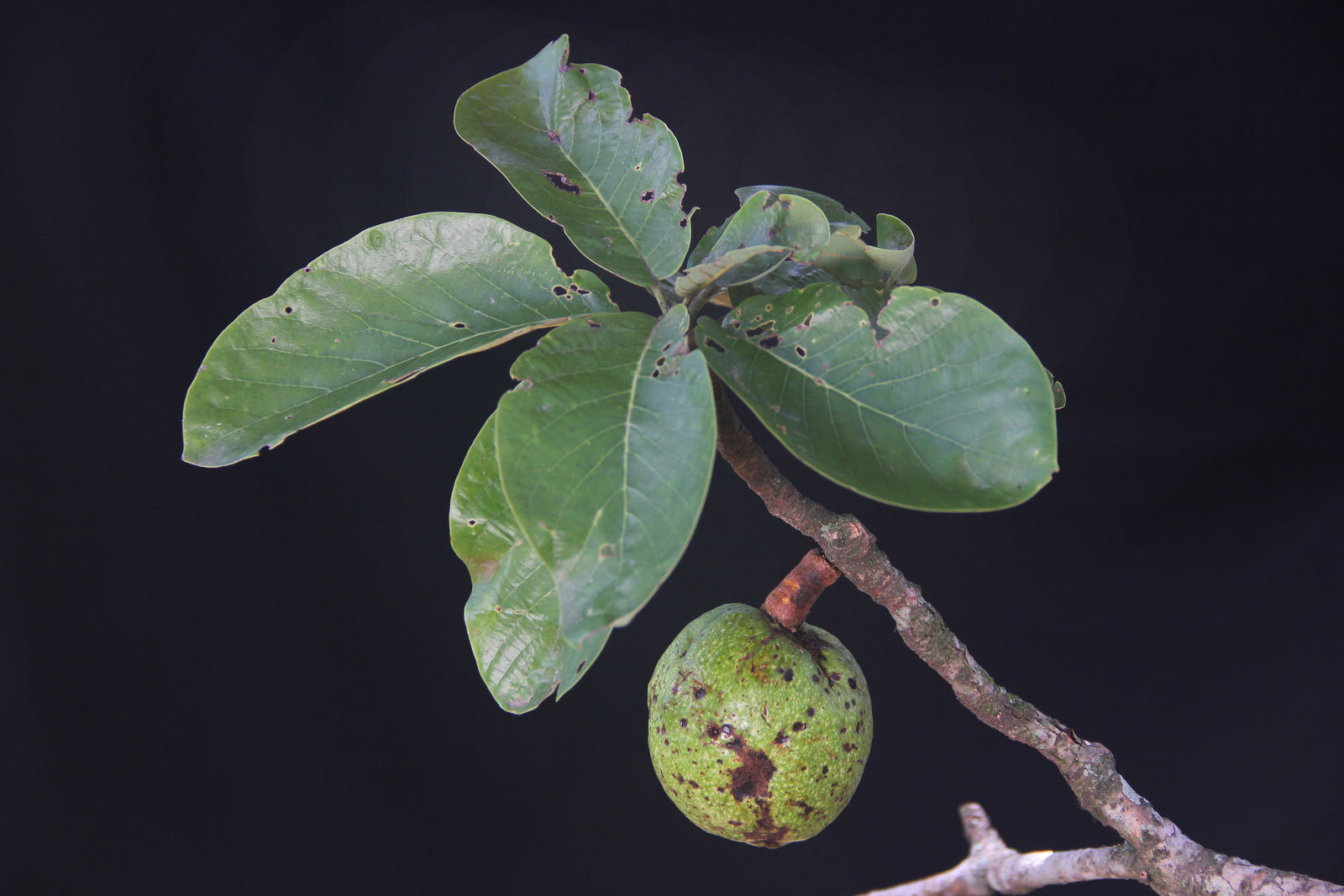
Persea americana Mill. Plants of the World Online Kew Science
Avocado criollo variety (Persea americana cv. Criollo sp.) is a small fruit (85-100 g), whose thin skin during its ripening changes from green tones (immature) to a dark brown color.The seed is near 22.93 ± 1.98% (w/w) of the fruit total weight (56.80 ± 2.59% of moisture). Fig. 1 shows the chemical profiling of avocado seed extracts. Acetone chromatogram (Fig. 1 A) presented more compounds.

Persea americana (Alligator Pear, Avocado) North Carolina Extension
Persea americana, called avocado, is a multi-stemmed tropical evergreen tree that is native to Mexico, Central America and South America. It typically matures to 30-60' tall, however grafted varieties generally grow shorter. Avocado leaves (to 4-8"long) are typically glossy, elliptic to ovate and dark green.

Persea indica. Flora de las Islas Canarias
The avocado (Persea americana Mill.). Japan) and a capillary column SP®-2560 (100 m × 0.25 mm i.d., liquid films 0.20 µm; Restek, Bellefonte, PA, USA). As a carrier gas we used helium at 261.5 kPa and a flow rate of 30 mL/min, the oven temperature was programed as follows: 100 °C for 4 min, then increased to 240 °C at a rate of 3 °C.
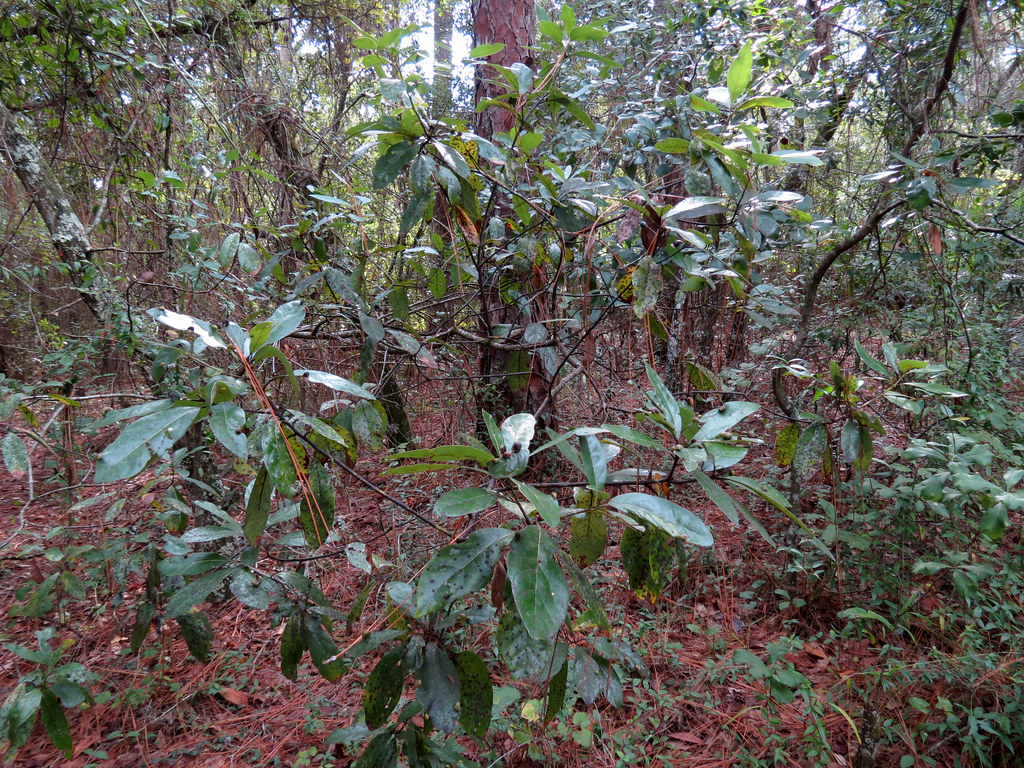
Red Bay or Swamp Bay Persea sp. Shingle Creek Regional Par… Flickr
According to the results of the volatile chemical profiling of avocado (Persea americana cv. Criollo sp.) seed extracts, they can have potential application as antioxidant (212.75 and 183.75 mg.
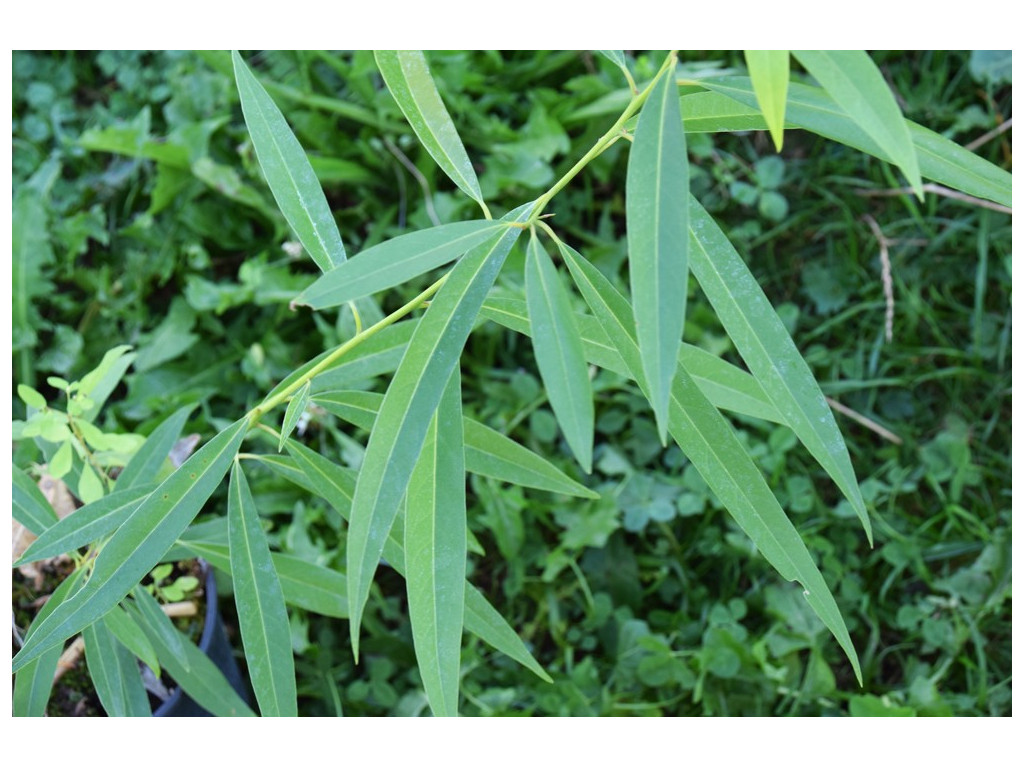
PERSEA sp.
Persea is a genus of about 150 species of evergreen trees belonging to the laurel family, Lauraceae. The best-known member of the genus is the avocado , P. americana , widely cultivated in subtropical regions for its large, edible fruit .

Shoot Tip Of Avocado, Persea Sp. Stock Image Image of lauraceae
using filter: none has genome sequences Taxonomy browser (Persea) PubChem BioAssay Lineage(full): cellular organisms; Eukaryota; Viridiplantae; Streptophyta; Streptophytina; Embryophyta; Tracheophyta; Euphyllophyta; Spermatophyta; Magnoliopsida; Mesangiospermae; Magnoliidae; Laurales; Lauraceae
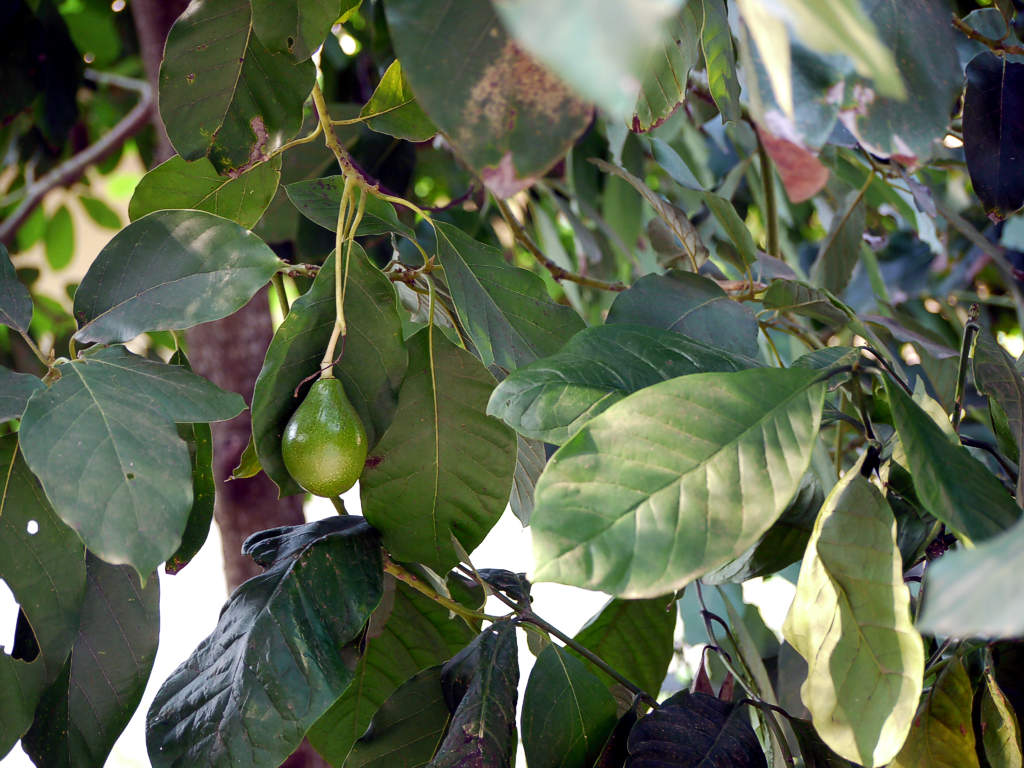
Persea americana (Cultivated) efloraofindia
It was later discovered that the shipment had several kilograms of beef, pork and "fresh Persea sp leaves." The latter item, officials said, was inspected and had two living and two dead adult.

Persea americana (Lauraceae) image 152046 at PhytoImages.siu.edu
In the RAPD analysis, a total of 190 polymorphic bands were produced, with an average of 23.7 bands per primer, the percentage contribution of each primer was from 7.66 to 19.63; the polymorphic.

Lado Posterior Del Aguacate Persea Sp. Fondo De La Hoja Imagen de
Persea sp. Vasquez & Ortiz-Gentry 25232 Taxonomy ID: 590030 (for references in articles please use NCBI:txid590030) current name. Persea sp. Vasquez & Ortiz-Gentry 25232. equivalent: Persea sp. V25232. NCBI BLAST name: flowering plants Rank: species Genetic code: Translation table 1 (Standard)

FileStarr 0709068527 Persea americana.jpg
The genus name Persea was first used in 1601 and is a Greek derived name for a middle-eastern or Persian tree with fruit growing from its stem. Over the years, this genus has been called many things including Persea (1601), Laurus (1731), Borbonia (1760), Farnesia (1763), Menestrata (1835), Tamala (1838), and Nothaphoebe (1898).

herbarium
Type. - select - Host. Anoplophora chinensis (as Persea) (ANOLCN) Host. * Sjöman H, Östberg J & Nilsson J (2014) Review of host trees for the wood-boring pests Anoplophora glabripennis and Anoplophora chinensis: an urban forest perspective. Arboriculture & Urban Forestry 40 (3), 143-164. Comstockaspis perniciosa (QUADPE)

Persea Sp Stock Photos Free & RoyaltyFree Stock Photos from Dreamstime
An endophytic fungus of Persea indica was identified, on the basis of its anamorphic stage, as Nodulosporium sp. by SEM. Partial sequence analysis of ITS rDNA revealed the identity of the teleomorphic stage of the fungus as Hypoxylon sp. It produces an impressive spectrum of volatile organic compounds (VOCs), most notably 1,8-cineole, 1-methyl-1,4-cyclohexadiene, and tentatively identified.
Persea (Lauraceae) image 31171 at
Colletotrichum perseae sp. nov. and teleomorph of C. aenigma are described along with comprehensive morphological descriptions and illustrations, for the first time in this study. Introduction.

PERSEA sp.
An endophytic fungus of Persea indica was identified, on the basis of its anamorphic stage, as Nodulosporium sp. by SEM. Partial sequence analysis of ITS rDNA revealed the identity of the teleomorphic stage of the fungus as Hypoxylon sp. It produces an impressive spectrum of volatile organic compoun.
Persea (Lauraceae) image 31172 at
Persea sp. Persea americana = Persea gratissima. ( Aguacate, Aguacates, Aguacato, Avocado, Aguacatero, Palta, Abacate, Abocado, Aguacatillo ) Persea americana 'Hass' Persea ichangensis Persea indica (L.) Sprengel = Laurus indica L.. ( Viñátigo ) Persea lingue Persea thunbergii.. Pecteilis Pedicularis